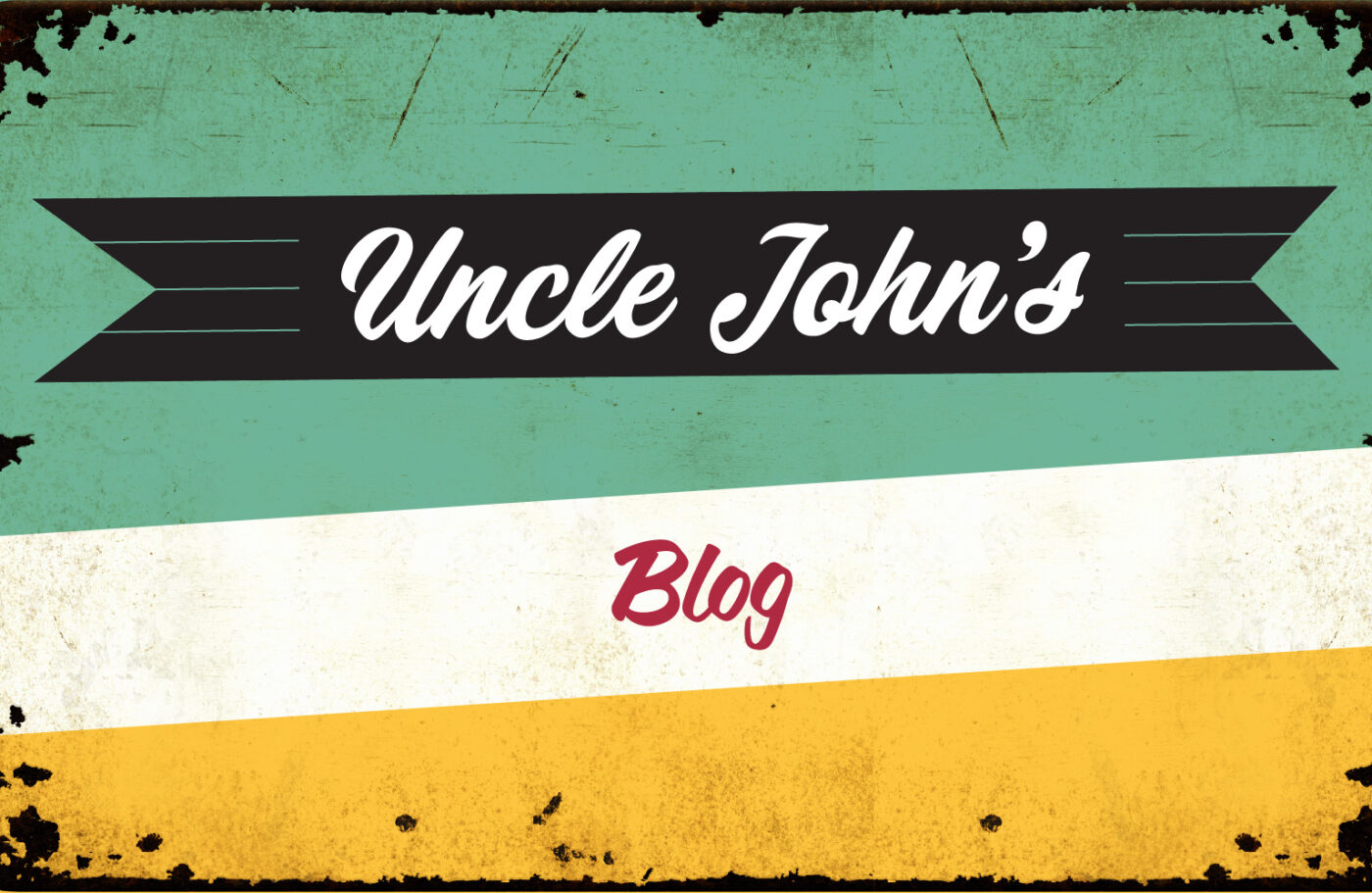Oranges used to just be oranges…until Cuties came along and branded them.

The fruit sold very well on the West Coast in the early ‘90s, so well that in 1996 Evans hired a nursery to multiply clementine trees, and contractually forbade it from selling them to anyone else. This gave him a monopoly on clementines. Still, he hoped not to alienate any other farmers looking to get in on the mini-orange game, particularly Stewart and Linda Resnick. They ran a massive pomegranate farm, which they used to produce Pom Wonderful juice, the first attempt at branding pomegranates in the U.S., and a massively successful one at that. Instead of discord, Evans and Resnicks teamed up in 2001. They agreed that the Resnicks would aggressively advertise and market the tiny oranges, as they’d done with pomegranates, while Evans would pack, sell, and distribute them.
In 2004, “Cuties” debuted in stores (at least in the Western U.S.; they hit East Coast stores in 2011). Evans built a $64 million plant to sort, clean, and pack Cuties. The Resnicks have spent as much as $20 million a year advertising them, directing campaigns at children with slogans like “Kids love Cuties, because Cuties are made for kids.” The campaign worked—the lack of seeds means no choking hazard, they fit in the palm of a child’s hand, and, like baby carrots, they’re perceived as an easy way to get kids to eat their produce.
Today, Cuties, or clementines, are the most profitable citrus food in America. Hundreds of farmers have ripped out their orange, lemon, and grapefruit groves and replaced them with Cutie farms, growing them with permission. Evans’ Cutie farm is the largest clementine plantation in the world.








